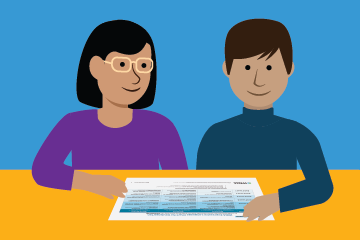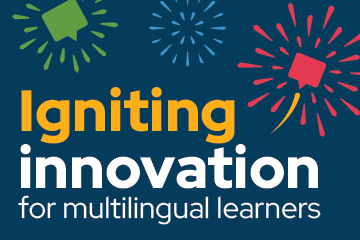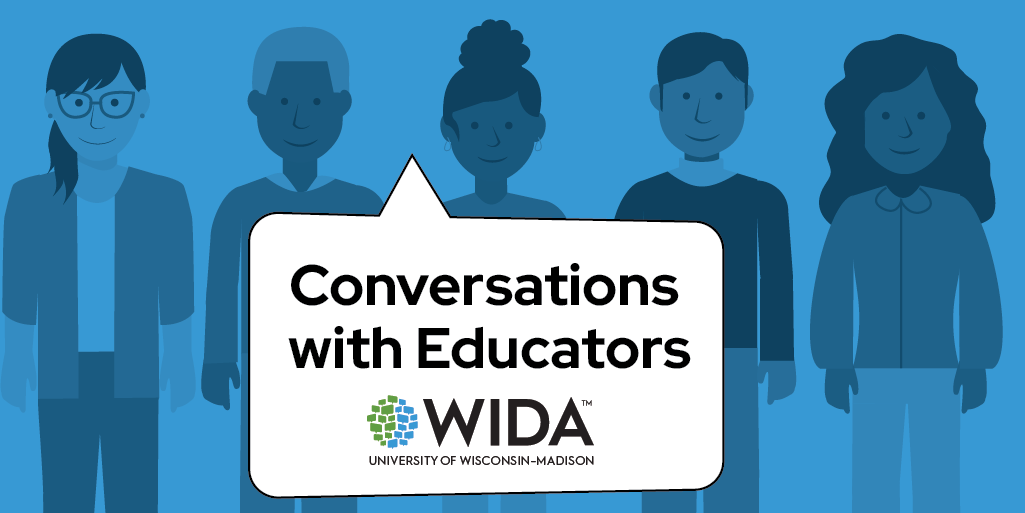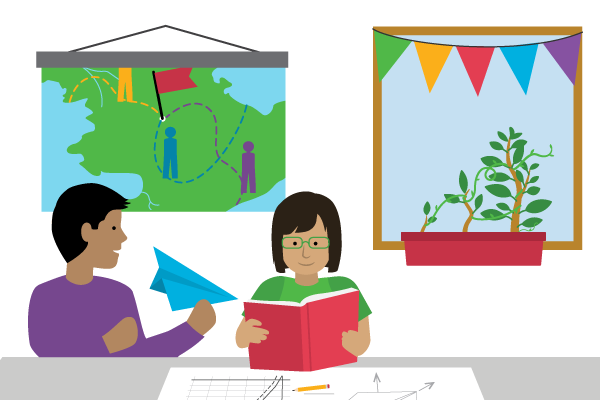ELD Standards Framework

Set high expectations and ensure opportunity for multilingual learners
The WIDA English Language Development (ELD) Standards Framework provides a foundation for enriching curriculum, instruction and assessment for multilingual learners in kindergarten through grade 12. The ELD Standards Framework fosters the assets, contributions and potential of multilingual learners. The framework
- Represents an evolution of our understanding – in both the theory and practice – about how multilingual learners engage with the curriculum, and how educators can work together to build on the assets of all learners
- Closely aligns with academic content standards and disciplinary practices
- Continues to break new ground to advance the field of language development in support of content learning for students who are culturally and linguistically diverse
Learn more about the four components of the framework (Standards Statements, Key Language Uses, Language Expectations and Proficiency Level Descriptors) below.
2020 Edition Key Resources
- 2020 Edition
- Grade cluster editions
- 2020 Digital Explorer
- Printed copies available from the WIDA Store
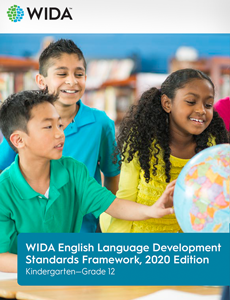
Framework Components
The framework consists of four components, ranging from broad to narrow in scope:
- WIDA ELD Standards Statements
- Key Language Uses
- Language Expectations
- Proficiency Level Descriptors
These work together to make a comprehensive picture of language development.
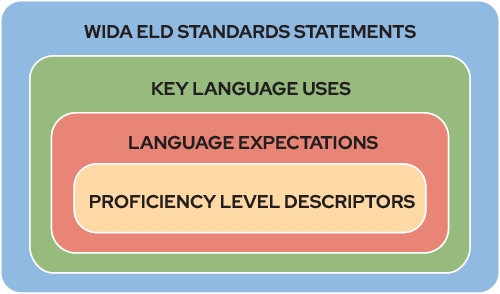
This illustration represents the nested components of the WIDA ELD Standards Framework with Proficiency Level Descriptors at the center, Language Expectations around the descriptors, Key Language Uses around the expectations and WIDA ELD Standards Statements around everything.
The Four Components
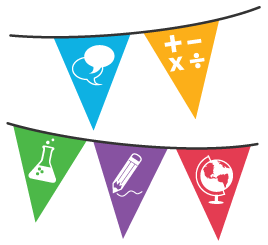
ELD Standards Statements
The ELD Standards Statements provide educators with a connection between language development and academic content area learning. Like a string of flags hanging in the classroom, the statements represent the broad and ever-present language of the disciplines.
- Standard 1
Language for Social and Instructional Purposes
English language learners communicate for social and instructional purposes within the school setting.- Standard 2
Language for Language Arts
English language learners communicate information, ideas and concepts necessary for academic success in the content area of language arts.- Standard 3
Language for Mathematics
English language learners communicate information, ideas and concepts necessary for academic success in the content area of mathematics.- Standard 4
Language for Science
English language learners communicate information, ideas and concepts necessary for academic success in the content area of science.- Standard 5
Language for Social Studies
English language learners communicate information, ideas and concepts necessary for academic success in the content area of social studies.
Want to learn more? See pages 24-25 in the 2020 Edition.
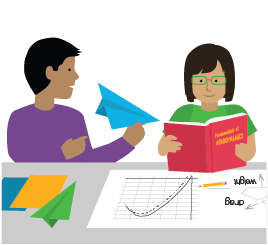
Key Language Uses
Four Key Language Uses represent prominent language uses across the disciplines: narrate, inform, explain, and argue. KLUs bring focus and coherence to the language of schooling, helping educators prioritize and organize curricular planning for content and language integration. KLUs represent the most prominent ways students use language as they investigate and explain phenomena, support claims with evidence, and share stories about their experiences.
Want to learn more? See pages 26-27 in the 2020 Edition.
Purchase the Key Language Uses poster sets from the WIDA Store.
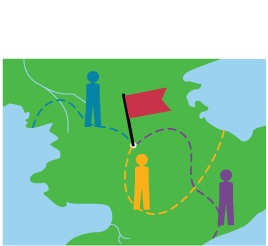
Language Expectations
Language Expectations – written for all grade-level clusters – point to common, visible ways students need to use language to meet grade-level academic content standards. They are like language destination points on a map that we want all students to reach. Educators can use them to set curricular priorities in order to support students in expanding what they can do with language.
Want to learn more? See pages 28-30 in the 2020 Edition.
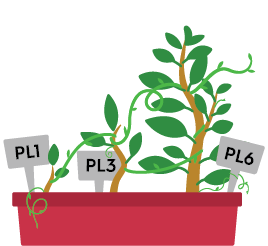
Proficiency Level Descriptors
PLDs describe typical ways multilingual learners might develop across six levels of English proficiency. They help us see how students are growing in their language development as they move toward meeting Language Expectations. However, language development is not a linear process – like garden vines reaching for the sun, students may take various paths to develop language.
Want to learn more? See pages 31-34 in the 2020 Edition.
Resources for Implementation
Implementation Guides
- Implementation Guide: WIDA English Language Development Standards Framework
- Administrator Supplement: WIDA English Language Development Standards Framework Implementation Guide
Professional Development
- WIDA Webinar recordings related to the ELD Standards Framework
- Self-paced, online workshops available to participating WIDA Consortium members
Other Supporting Resources
- What Can Collaboration Look Like? Comic Strip
- 2020 Edition Introduction Video
- Recorded webinars on the basic components of the 2020 Edition
- Comparison Chart: what's changed and what's the same from the 2007 and 2012 editions
- Article that shares expertise and tips from an educator on implementing the WIDA ELD Standards Framework collaboratively
- Focus Bulletins based on topics in the 2020 Edition


